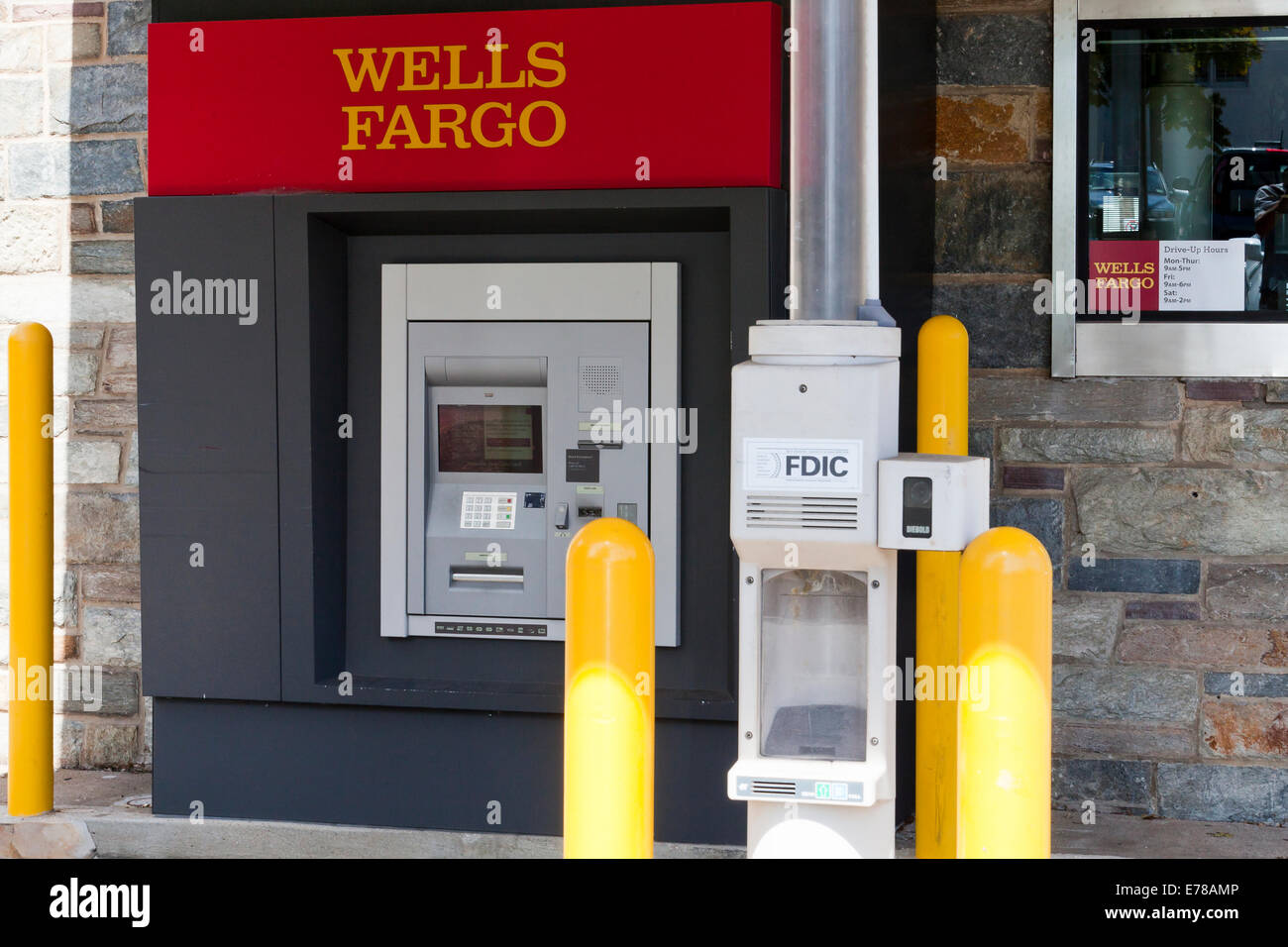

Peer-comparison capabilities for financial products.Going forward, Wells Fargo and other banks should shift their focus to more advanced digital consumer solutions. While Wells Fargo has continued to improve customer experience and decrease its branch footprint as a result of mobile technologies, the company can do more to advance its mobile offerings and keep up with customer demands as they increasingly move their transactions online.Īs demonstrated in the graph above, most banks and fintech companies have been focusing on building mobile app suites, electronic wallet solutions, and personal finance tools. Wells Fargo’s branch count has remained more stable as compared to its competitors but has declined nonetheless from 2012 to 2016 at a rate of 2% per year. Through the 2009-14 period, Bank of America alone benefited from cost savings of $4 billion from shrinking the size of the branch network. Since 2012, Bank of America has slashed 15% of its branches, and Chase has shrunk 9%. has dropped year over year, with some of the largest contributors being Bank of America and Chase. From a high of 100,000 bank branches in 2009, the number of retail bank branches in the U.S. The move towards digital banking has allowed banks to decrease their physical branch footprint, leading to operational efficiencies. While there are some doubts and limitations surrounding this specific technology, the bank has been a pioneer of integrating innovative features to its digital interfaces to stay on the cutting edge of mobile technology. Wells Fargo announced in early 2016 that it plans to roll out an eye-scan biometric security technology to its corporate customers to ensure secure sign-in on mobile apps. One example of a startup the bank has supported is EyeVerify, a participant in the bank’s accelerator program since 2014. Rather than seeking a high return on the technologies developed through these programs, the bank is building relationships with entrepreneurs and engineers whose technologies can someday be used in the Wells Fargo digital infrastructure. In addition to creating one of the first mobile banking apps, Wells Fargo has embraced more advanced technology and digitization by investing in six innovation labs and a Startup Accelerator.

These resources have created convenience for customers by allowing them to manage accounts, transact, and explore products without having to visit the branch or even a computer. The company also accompanied this tool with additional resources like SMS-triggered alerts and notifications. To capitalize on the capabilities of the smartphone and penetrate this increasingly popular customer channel, Wells Fargo introduced its retail mobile banking app in 2012. In 2009, 18% of mobile phone owners reportedly used mobile banking, and this number has grown to 51% of mobile phone owners in 2016. Mobile banking has been a significant trend affecting the retail banking industry.
#Wells fargo online chat series
Pathways to Just Digital Future Watch this tech inequality series featuring scholars, practitioners, & activists


 0 kommentar(er)
0 kommentar(er)
